Customize File Icons: Easy Ways to Change Icons in Windows
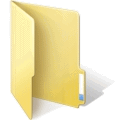
Want to make your folders stand out and be easier to find? Here are the best ways to customize your Windows folder icons to make file organization more efficient and visually distinct. We’ll cover three main methods:
- Icon Changer Software
- Free Icon Archives
- Create Your Own Custom Icons
We’ll also show you some Windows built-in ways to change folder icons without needing any extra software.
1. Icon Changer Software
These programs make it simple to tweak and customize folder icons on your system.
Folder Marker
Folder Marker is great for changing icons quickly. It supports batch processing, so you can change multiple folder icons in one go. It also allows importing icons in various formats like ICO, EXE, DLL, and BMP.
Features:
| Feature | Details |
|---|---|
| Custom Icons | Supports ICO, EXE, DLL, ICL, CPL, BMP formats. |
| Batch Processing | Change multiple folder icons at once. |
| Context Menu | Right-click a folder to apply icons instantly. |
| System Default Icon | Set a default folder icon across your system. |
I love Folder Marker for its speed and ease of use, especially when changing icons in batches.
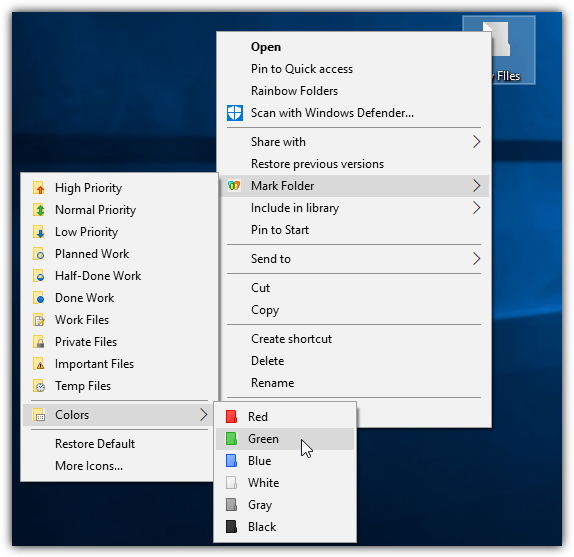
File & Folder Tools
File & Folder Tools isn’t just for changing folder icons—it also offers additional file management functions. You can batch change icons and work with various file formats like ICO, DLL, and EXE.
Features:
| Feature | Details |
|---|---|
| Batch Processing | Change icons for multiple folders simultaneously. |
| Icon Support | Supports ICO, DLL, and EXE (not ICL). |
| Portable | Run without installation—just execute the file. |
| Additional Functions | Includes file attribute changes, duplicate finder, etc. |
If you’re looking for a tool that’s both efficient and multi-purpose, this one’s a keeper.
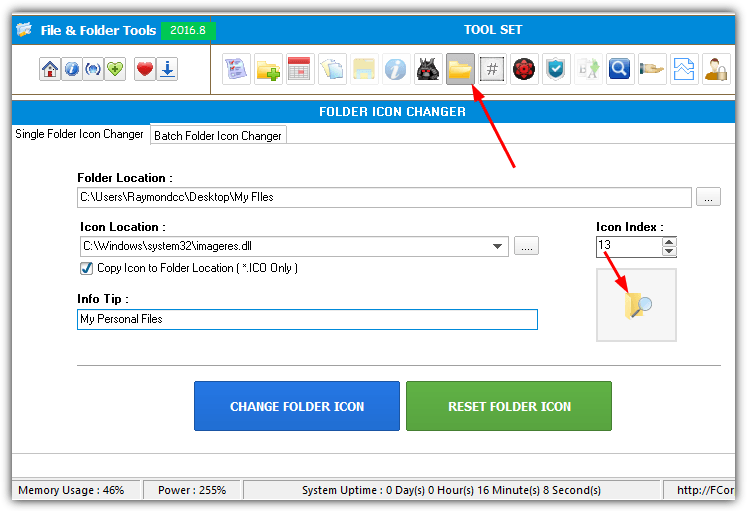
Rainbow Folders
Rainbow Folders focuses on adding color to your folders, making it an excellent choice when you want to brighten things up without changing the actual icon.
Features:
| Feature | Details |
|---|---|
| Color Customization | Adjust hue and saturation to change folder color. |
| Icon Styles | Offers three built-in icon styles: Classical, Typical, and Modern. |
| Multi-Select | Change colors on multiple folders at once. |
| Right-Click Menu | Quick access via right-click for easy customization. |
Rainbow Folders is great for quick and colorful changes without changing icons.
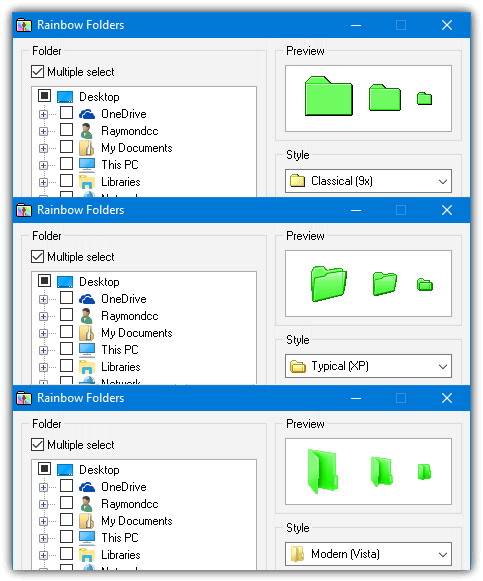
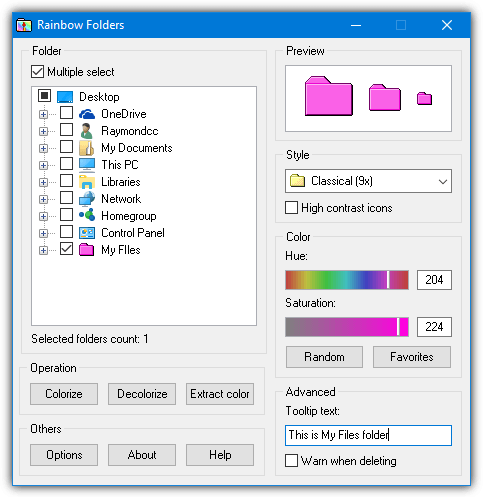
2. Where to Download Custom Icon Sets
If you need some fresh icons, these sites offer high-quality icon sets for download:
- Icon-Icons: Free icons categorized by themes. High resolution available.
- Flaticon – Custom Icons: The largest database of icons, with color and size customization.
- IconArchive: A wide variety of icons with advanced search filters by style, color, and size.
3. How to Make Your Own Folder Icons
If you’re feeling creative, you can create your own folder icons by following these steps:
- Choose a Photo Editing Tool
Use tools like GIMP or Photoshop to design or edit an image. Make sure it’s square-shaped and has a transparent background. - Convert to ICO Format
Convert your image to ICO format using online converters like ConvertICO or ICO Convert. - Apply the Icon
Right-click the folder > Properties > Customize > Change Icon. Browse for your custom ICO file.
4. Change Icons Using Windows Features
You can change folder icons without any third-party software. Here’s how:
Use Properties to Change One Folder Icon
- Right-click the folder > Properties.
- Click the Customize tab.
- Press Change Icon.
- Browse for your desired icon file or executable.
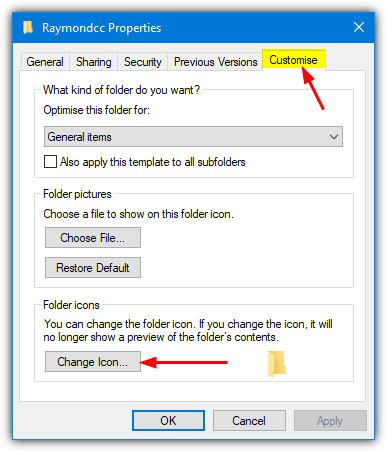
Manually Change One or Several Folder Icons
If other methods don’t work, you can manually change folder icons by editing the desktop.ini file.
- Show Hidden Files
Go to Control Panel > Folder Options, then select “Show hidden files” and uncheck “Hide protected operating system files.” - Create the desktop.ini File
- Right-click > New > Text Document, name it desktop.txt.
- Open and add: iniCopyEdit
[.ShellClassInfo] IconResource=C:\FolderIcon.ico,0 - Save and rename it to desktop.ini.
- Set the Read-only Attribute
Use Command Prompt to set the read-only attribute: pgsqlCopyEditattrib +r [path-to-folder] - Folder Icon Change
The custom icon should appear immediately or after refreshing the folder.

Create a Desktop.ini Using a Batch Script
For convenience, you can download a simple Batch Script that automatically creates the desktop.ini file.
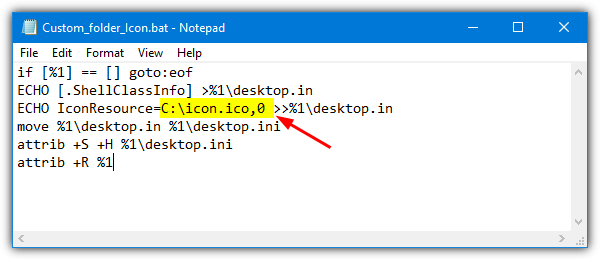
For more ways to optimize your Windows experience besides changing folder icons, check out how you can print all file and folder contents or learn how to permanently delete sensitive files.
If you’re tired of empty directories cluttering your system, removing them is simple. Plus, if you need to extract icons from EXE files, tools like BeCyIconGrabber make the task easy.





User forum
24 messages